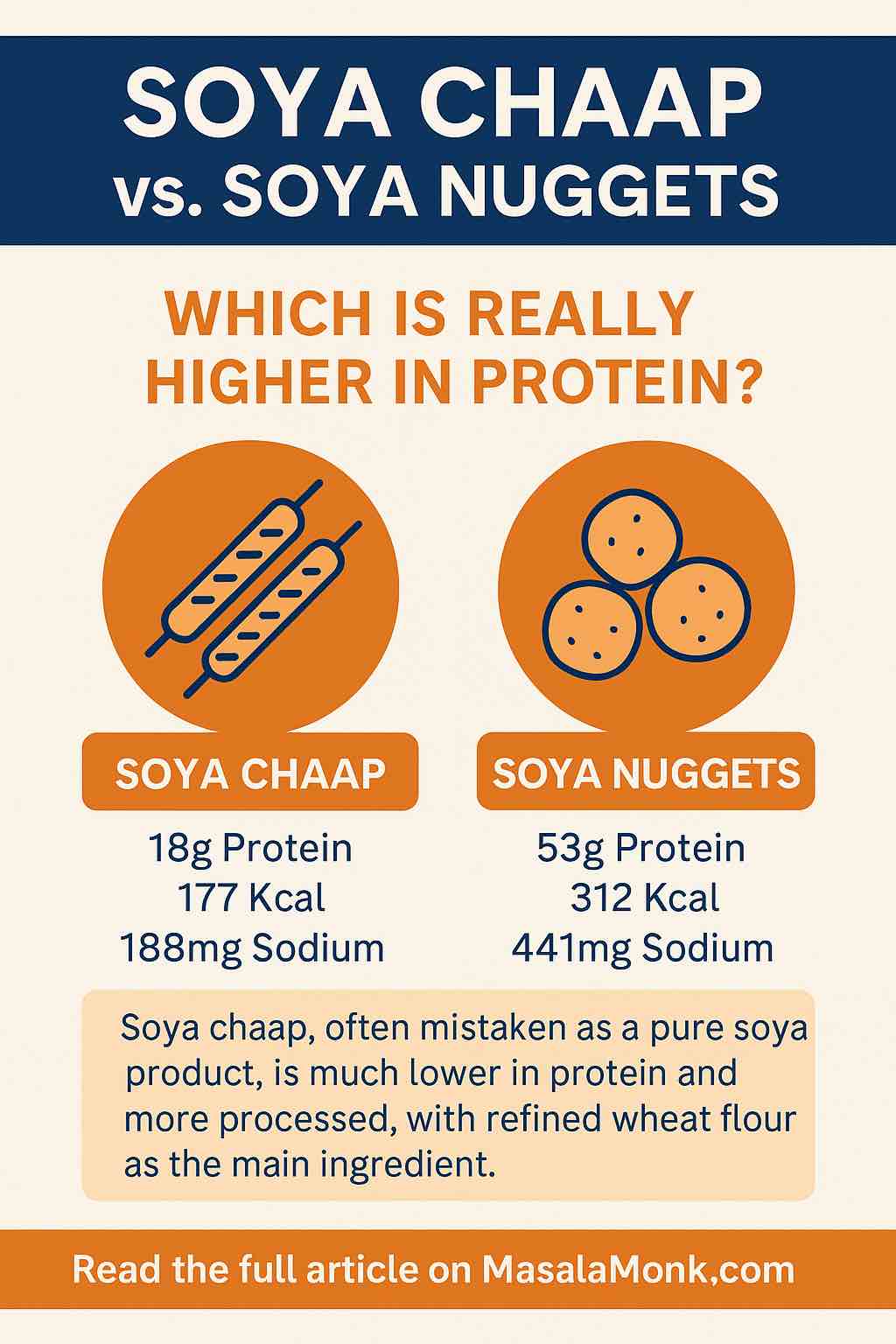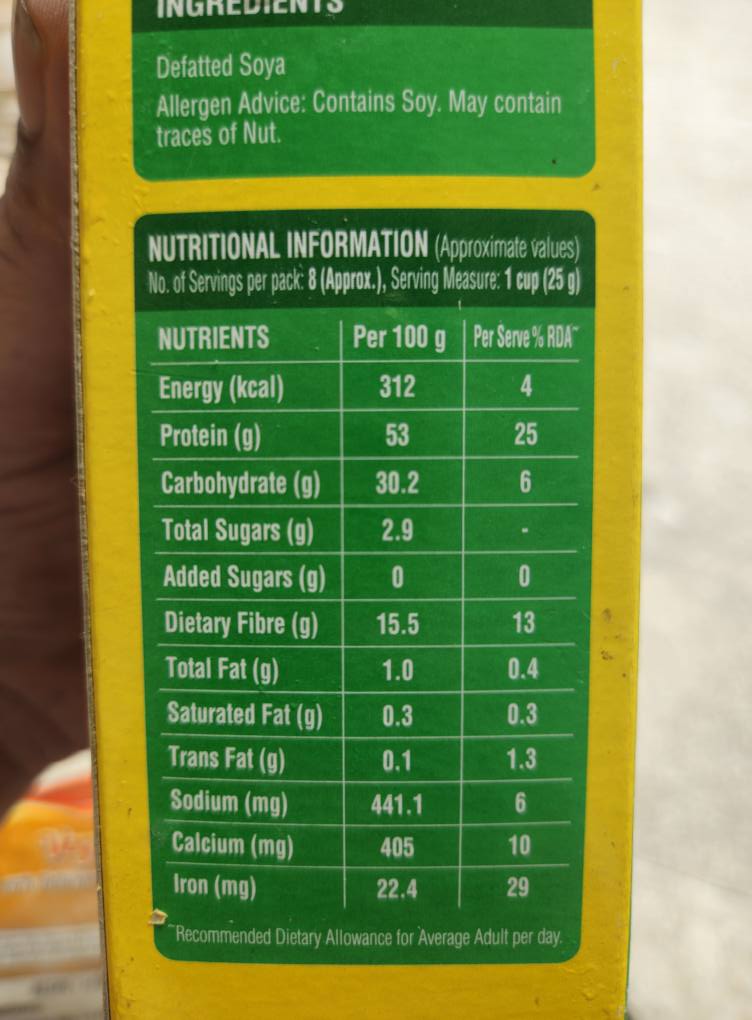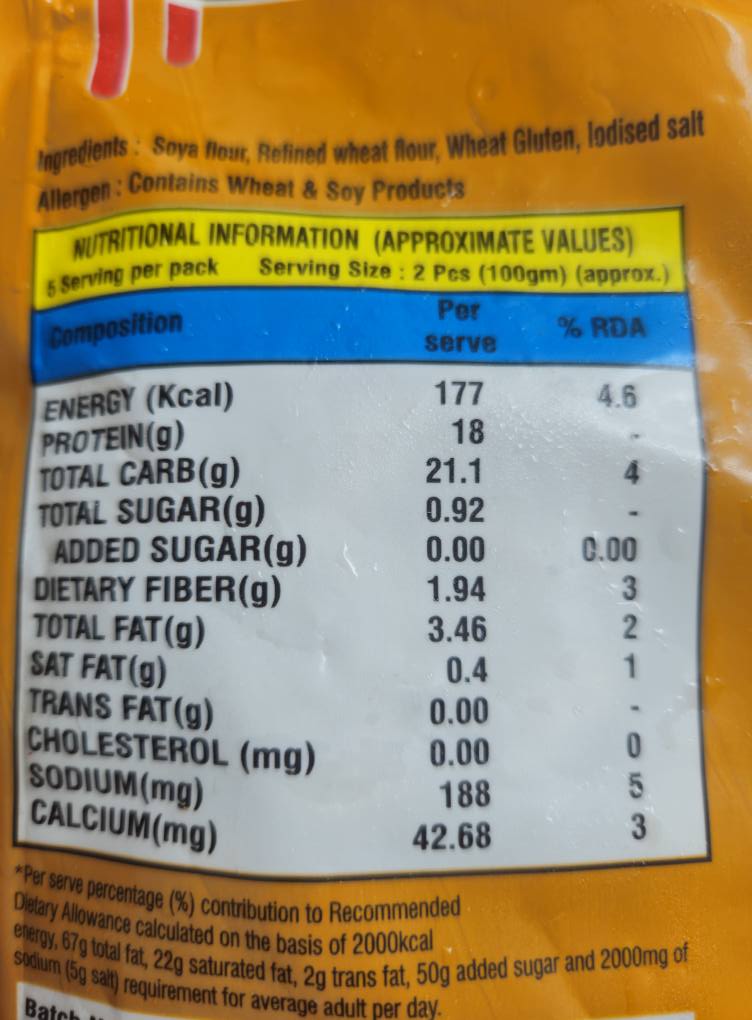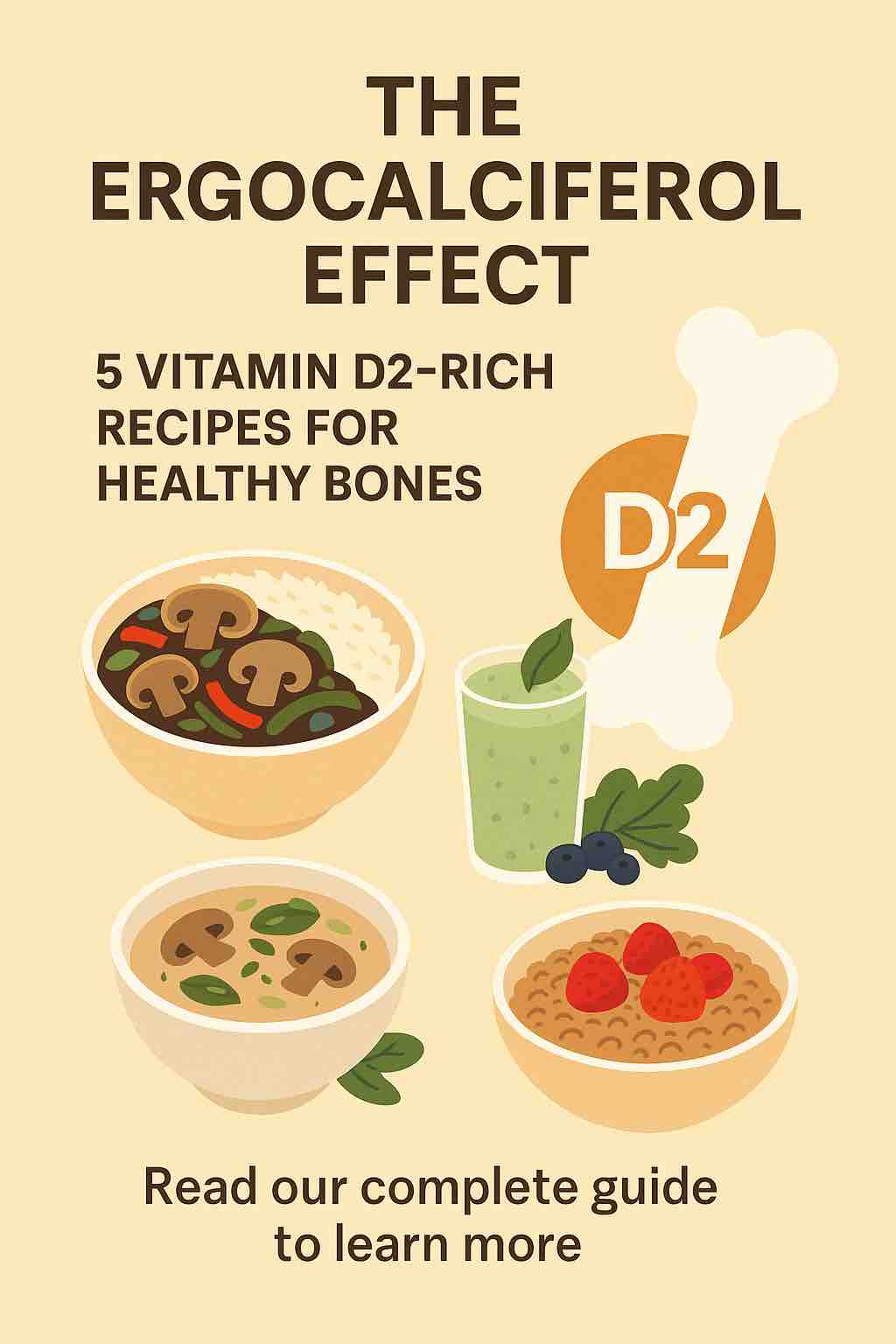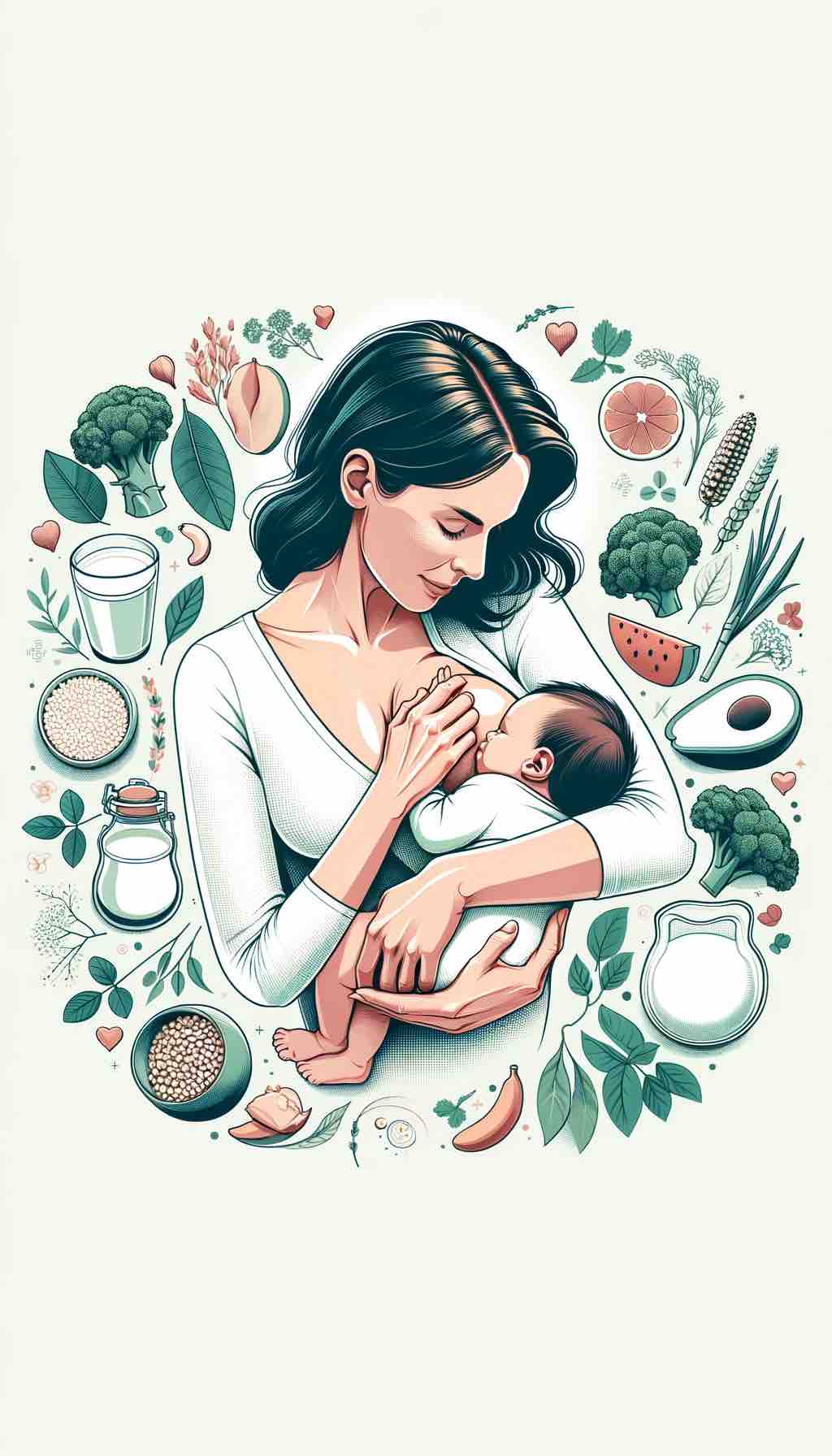
n the landscape of healthy eating, few foods pack the nutritional punch of nuts. These tiny, natural powerhouses are rich in protein, essential fats, fiber, and vital micronutrients. Whether you’re an athlete, a plant-based eater, or simply someone striving to optimize your diet, nuts deserve a central role in your daily intake. In this comprehensive guide, we delve into the science-backed benefits of nuts, with a focus on their protein contributions and practical strategies to incorporate them into your meals.
Why Protein Matters
Protein is essential for building and repairing tissues, synthesizing hormones and enzymes, supporting immune health, and preserving lean muscle mass. While traditional sources like meat, dairy, and eggs are well known, plant-based alternatives such as nuts are increasingly gaining recognition for their nutrient density and bioavailable protein content.
Protein Content of Common Nuts
Different nuts vary in their protein content per 100 grams:
| Nut Type | Protein (g) | Notable Nutrients |
|---|---|---|
| Peanuts | ~26 g | Resveratrol, folate, niacin |
| Almonds | ~21 g | Vitamin E, magnesium, calcium |
| Pistachios | ~20 g | Potassium, lutein, complete amino profile |
| Cashews | ~18 g | Iron, zinc, magnesium |
| Walnuts | ~15 g | Omega-3 ALA, polyphenols |
| Hazelnuts | ~14 g | Vitamin E, copper, manganese |
| Brazil Nuts | ~14 g | Selenium (highest among all whole foods) |
| Pine Nuts | ~13 g | Vitamin K, magnesium, zinc |
What Makes Nut Protein Special?
1. Complete vs. Incomplete Proteins
Most plant proteins are labeled incomplete because they lack one or more of the nine essential amino acids. However, pistachios are a notable exception—providing a complete profile of amino acids. Other nuts may be low in lysine or methionine but can still contribute significantly to your total intake when combined with complementary proteins like legumes or grains.
2. Digestibility & Bioavailability
Nuts have a high protein digestibility rate (~90%), which means your body absorbs and utilizes most of the protein content effectively. The inclusion of nuts in the diet doesn’t just enhance protein intake; it also contributes to satiety and muscle preservation.
More Than Just Protein
Nuts are nutrient-dense beyond protein:
- Healthy fats: Rich in monounsaturated and polyunsaturated fats, particularly omega-3s in walnuts and MUFAs in almonds.
- Fiber: Supports gut health and satiety.
- Antioxidants: Polyphenols, flavonoids, and vitamin E combat inflammation and oxidative stress.
- Minerals: Key contributors of magnesium, selenium, zinc, calcium, and iron.
Proven Health Benefits
Numerous clinical studies and meta-analyses reveal that nut consumption is associated with:
- Reduced LDL cholesterol
- Improved glycemic control
- Decreased inflammation
- Lower risk of cardiovascular disease, stroke, and type 2 diabetes
- Weight management support, despite calorie density
- Longer lifespan: Regular nut eaters live longer with lower all-cause mortality
How Much Should You Eat?
A practical daily intake recommendation is about 28-30 grams (1 oz) per day. This can vary based on activity levels, total calorie needs, and dietary preferences. For individuals aiming to build muscle or meet higher protein targets, nuts can act as valuable complements, though they shouldn’t be the sole source of protein.
Practical Tips to Incorporate Nuts
- Smart Snacking: Pre-portion mixed nuts into 1 oz bags for convenient, healthy snacks.
- Breakfast Boosters: Add chopped almonds or walnuts to oatmeal, granola, or yogurt.
- Savory Meals: Use ground nuts as crusts for fish or tofu; blend into sauces for creamy texture.
- Nut Butters: Use natural peanut or almond butter on toast, in smoothies, or as a dip for fruits.
- Salad Toppers: Sprinkle toasted pine nuts or cashews over salads for extra crunch and protein.
Building a Balanced Plate with Nuts
Combining nuts with other protein-rich foods ensures a complete amino acid intake:
- Pair almonds with quinoa
- Add walnuts to lentil salads
- Blend peanut butter with soy milk in smoothies
- Mix seeds (chia, flax) with pistachios for added omega-3s
Final Thoughts
Nuts are a simple yet powerful way to boost your overall nutrition. Their robust protein content, essential fats, and rich micronutrient profile make them ideal for anyone looking to eat healthier, stay fuller longer, and support long-term health outcomes. While they shouldn’t be your only protein source, nuts can be one of the most enjoyable and versatile tools in your dietary toolkit.
Whether you’re topping your salad, blending a smoothie, or grabbing a quick handful between meetings—remember, the path to optimal protein intake can be as easy as going nuts.
FAQs
- Which nut has the most protein?
Peanuts (technically a legume) top the list with ~26 g of protein per 100 g. Among tree nuts, almonds and pistachios are the highest, offering around 20–21 g. - Are nuts a complete source of protein?
Most nuts are not complete proteins. However, pistachios do contain all nine essential amino acids, making them a rare complete plant protein among nuts. - Can I rely on nuts alone to meet my protein needs?
Not entirely. While nuts are excellent complements, they’re not enough by themselves due to limitations in certain amino acids and lower total protein density compared to legumes or animal products. - How many nuts should I eat daily for health benefits?
A serving of 28–30 g (about a small handful) daily is ideal. This supports heart health, satiety, and provides a solid nutrient boost without excess calories. - Are nut butters (like peanut or almond butter) just as healthy?
Yes—when minimally processed and without added sugars or hydrogenated oils. Look for natural varieties with just nuts (and maybe salt). - Do nuts help with weight loss or cause weight gain?
Surprisingly, nuts do not cause weight gain when eaten in moderation. Their fiber, protein, and healthy fats promote fullness, often leading to reduced overall calorie intake. - What’s the best time to eat nuts?
Anytime! Use them as a snack, pre/post-workout fuel, or meal enhancer. They’re especially beneficial when eaten with carbs to blunt blood sugar spikes. - Can people with diabetes eat nuts?
Absolutely. Nuts improve glycemic control and insulin sensitivity. Just monitor portions and avoid sugar-coated or salted varieties. - Are roasted nuts less nutritious than raw ones?
Light roasting is fine and doesn’t significantly affect protein. However, very high-heat roasting can reduce antioxidant levels. Dry-roasted or raw nuts are usually best. - How should I store nuts to keep them fresh?
Store in airtight containers in a cool, dark place. Refrigeration or freezing extends shelf life, especially for high-fat nuts like walnuts.

